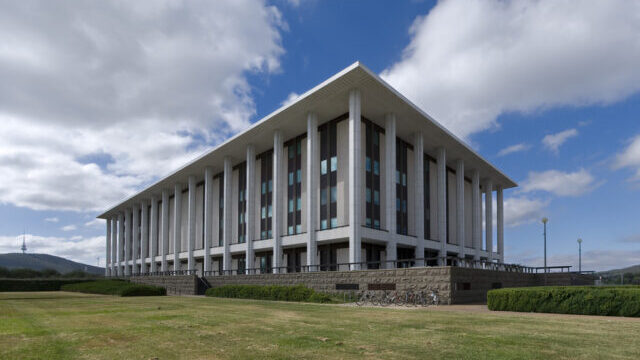
Libraries as innovation incubators
Traditional ways of library use might be declining, but not only are our libraries surviving, they’re thriving as they embrace new ways of meeting the information and knowledge needs of society.
As Emily Badger writes in CityLab, one way in which libraries are evolving their relevance is through the establishment of co-working business incubators. This isn’t actually a new idea—some 2,000 years ago the famous Alexandria library in Egypt was often home to the self-starters and self-employed of that era.
Badger contends that modern libraries “happen to have just about everything a 21st century innovator could need: Internet access, work space, reference materials, professional guidance,” and reveals that Arizona State University is set to establish a network of co-working business incubators inside public libraries.
Two articles in academic news service The Conversation also provide support for the evolution of libraries into spaces for innovation.
Crystle Martin, a Postdoctoral Researcher at the University of California, Irvine, gives a number of examples of libraries that are now “offering programs in technology, career and college readiness and also in innovation and entrepreneurship – all 21st-century skills, essential for success in today’s economy.”
Marcus Foth, Professor in Urban Informatics at the Queensland University of Technology, argues that while highly specialised innovation centres are important, they don’t help everyday people to “stand up” as potential entrepreneurs. He advises that “This requires sandboxes, tinkering spaces, experimental and messy studios, garages and workshops where people from all walks of life come together to create and innovate.” He says that one of the best places for this to happen is libraries: “In so many ways, it is libraries that are leading the charge, evolving into spaces for incubation and innovation.”
An example of incubation success
A good example of successful innovation incubation through libraries comes from the DeLaMare Science & Engineering Library at the University of Nevada, Reno.
As discussed in a recent paper1, this library is one of the first movers of the makerspaces in libraries movement, being the first academic library in the United States to offer 3D printing and scanning as a library service available to all.
An innovation incubated in the library is hummingdoc:
With ready access to rapid prototyping equipment, combined with the creative abrasion and intellectual stimulation that comes about naturally in such an active hub, it is not surprising that innovation and entrepreneurship are natural results. One such example is the hummingdoc, a stethoscope adapter for earpods that, combined with a similarly developed smartphone app, can enable the user to listen to and analyze heart and lung sounds. Initially conceived to enable expectant parents to hear their as yet unborn child’s heartbeat without needing to go to the doctor’s office, the product was prototyped with the 3D printing services of the library and members of the supporting community. The product went on to be a product of a separately created limited liability company, Hummingdoc LLC, with product actively being sold and delivered.
A comprehensive overview of the services offered through the DeLaMare Science & Engineering Library makerspace and their innovation benefits can be found in this video presentation.
Image source: National Library of Australia by Ryan Wick is licenced by CC BY 2.0.
Reference:
- Colegrove, P. T. Makerspaces in Libraries: Technology as Catalyst for Better Learning, Better Teaching. ↩
Also published on Medium.





